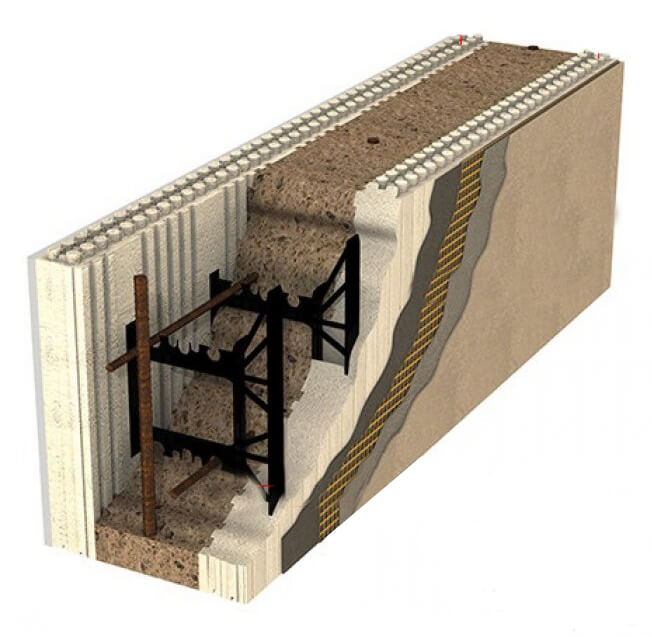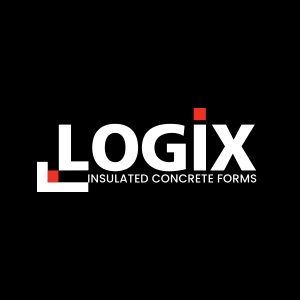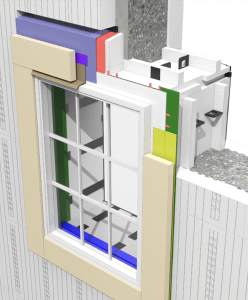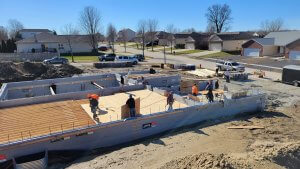As the most popular building material worldwide, its production has been a significant contributor to atmospheric CO2 levels and climate change.
However, on a head-to-head basis, concrete is actually more sustainable than many other popular construction materials. And what’s more, the industry is continually evolving to reduce its carbon footprint steadily over time.
This post will cover concrete’s surprisingly sustainable attributes, review new industry emissions targets, and touch on things you can do to promote concrete sustainability on your next construction project.
Concrete Is Already More Sustainable Than You May Think
Several vital characteristics give concrete an edge in sustainability. According to the National Ready Mix Concrete Association (NRMCA), these are:
Concrete actually absorbs atmospheric carbon.
Thanks to its composition — 6% air, 10% cement, 18% water, 25% sand, and 41% gravel — concrete can actually withdraw 20% of the annual CO2 amounts that are emitted during the production of its cement component.
Concrete lasts a very long time.
Because concrete is highly durable, structures built with the material have a lengthy lifecycle. This longevity means less maintenance, fewer repairs and less buildings and homes being knocked down and replaced — meaning that long-term carbon emissions are also significantly curbed.
Concrete materials take less CO2 to extract.
The repercussions of concrete and cement materials extraction are also considerably lower than that of other construction components. For instance, the impact of extracting the raw materials needed to manufacture concrete is 2.25-3.25 times lower than that of steel and wood.
Concrete is locally sourced.
Concrete-mix ingredients can be found locally in most regions, so they usually don’t need to be transported over long distances. This proximity to the construction sites means that fewer emissions are released during transportation.
Insulated Concrete Forms (ICFs) Bring Out The Best In Concrete!
When concrete, which on its own has a relatively low R-value, is poured into an ICF, it becomes an integral component of an extremely energy-efficient double-insulated, high-mass and inherently air-tight wall assembly.
This life cycle assessment from the from the Massachusetts Institute of Technology outlines how the long-term energy savings of an ICF wall contribute to GWP reductions in the Use phase of a building.
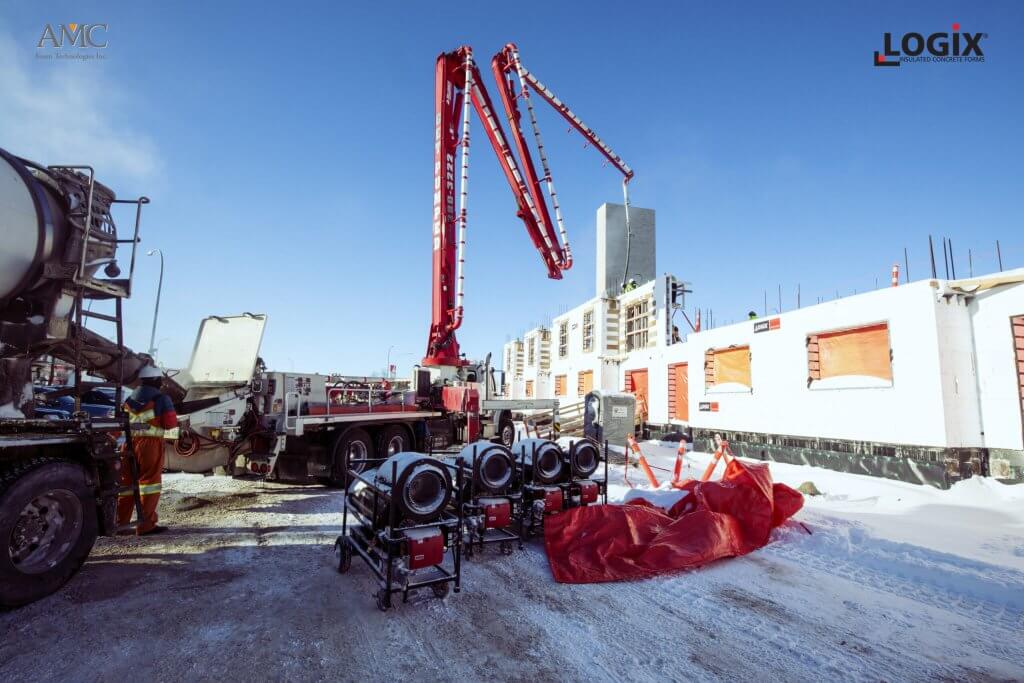
The Concrete Industry Constantly Strives to Improve its Sustainability
While concrete is already a reasonably sustainable material, its production still releases significant amounts of CO2 into the atmosphere. But the industry isn’t sitting idly by. For instance, between 2014 and 2019, NRMCA members lowered their carbon footprint by 13%.
This achievement was made possible thanks to 2 key developments. First, Portland cement production — the leading cause of CO2 emissions — has become markedly more efficient.
Second, the NRMCA has successfully pushed for broader adoption of performance specifications. These allow for more efficient concrete mixes; in contrast, prescriptive specs typically mandate concrete mix ratios with too much cement (and cement production is the top CO2 emitter in the concrete production process).
Efforts to reduce, reuse, and recycle are starting to pay off — the concrete industry now diverts 26 million metric tons of industrial waste from landfills and uses it in concrete production.
Looking forward, the NRMCA has adopted an ambitious target to reduce the industry’s carbon footprint even more. By 2030, the association is targeting to slash CO2 emissions released during concrete production by a whopping 50%.
Don't miss a thing!
Subscribe for the latest in the ICF world, exclusive content, insider industry news and limited edition webcasts.
There’s Always Room for Growth
The concrete industry continues to innovate the concrete production process, but you don’t have to wait for these changes to make your next project more sustainable as a builder. Consider these 3 simple steps to reduce your concrete building’s carbon footprint:
1. Find Ways to Reduce Concrete Volume.
Work with the engineers to ensure that all the “fat is trimmed,” and the structure is designed with the lowest possible volume of concrete (ie thinner concrete cores and slab depths). However, keep in mind that higher-strength concrete will contain more embodied carbon.
2. Use Exposed Concrete as a Finish.
Interior finishes are notoriously high in embodied carbon. Substituting them for exposed concrete is not only trendy these days but also an effective way of slashing your building’s carbon footprint. What’s more, exposed concrete actually absorbs carbon from the atmosphere over time. The Logix XP-1 system is a good option if you are looking to achieve an exposed concrete finish.
3. Use Alternative Cement Mixtures.
The less Portland cement is in your mix, the less embodied carbon is in your concrete. Refer to ASTM C595 for blended concrete mix ratios.
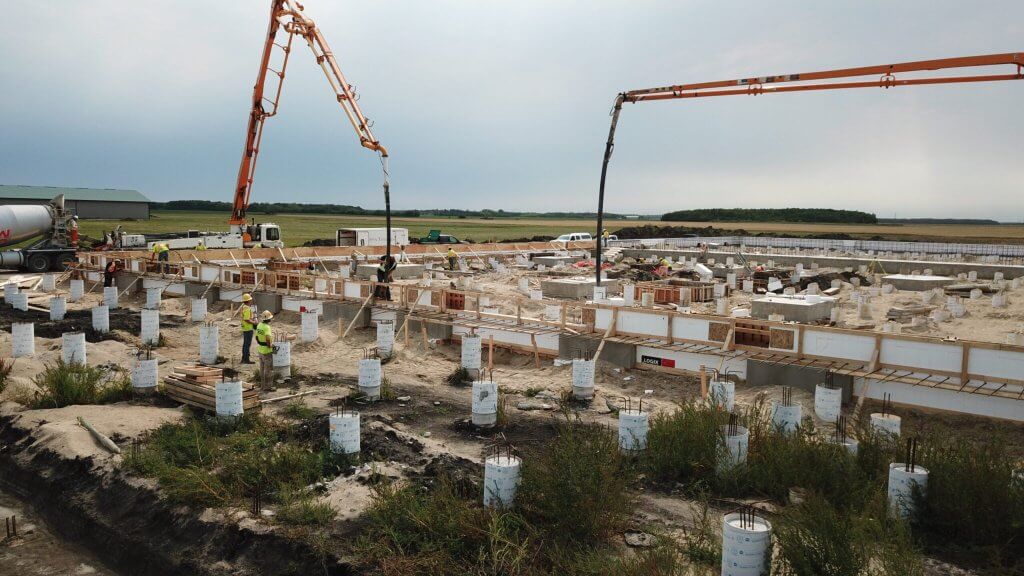
Wrapping It Up
Concrete is versatile, durable, and sustainable. Thanks to its carbon absorption properties, recyclability, local sourcing, and longer lifespan, concrete can leave a smaller carbon footprint than other popular construction materials. However, it’s also up to the engineers, architects, and builders to “specify intelligently” in order to ensure that their projects contribute as little as possible to the atmosphere’s CO2 levels.
